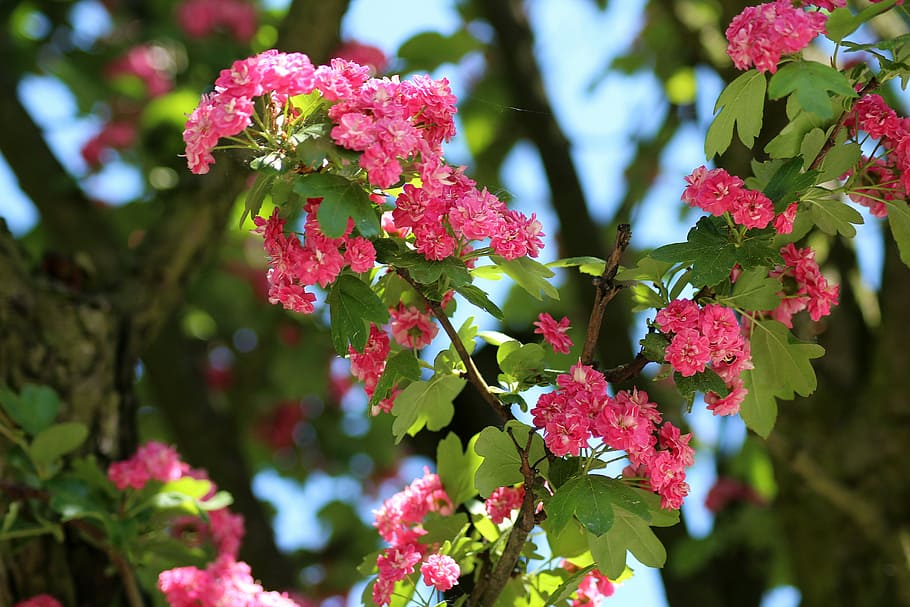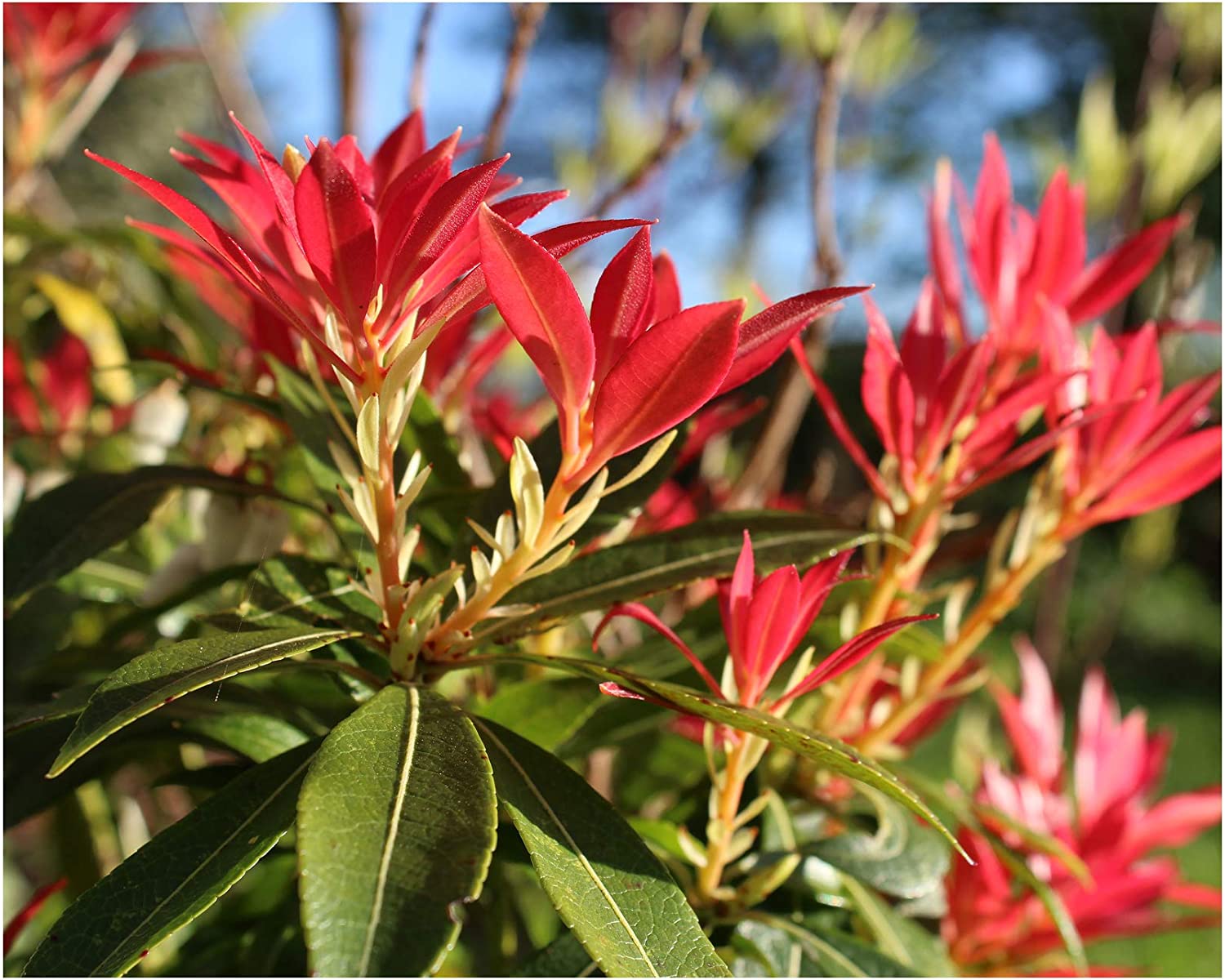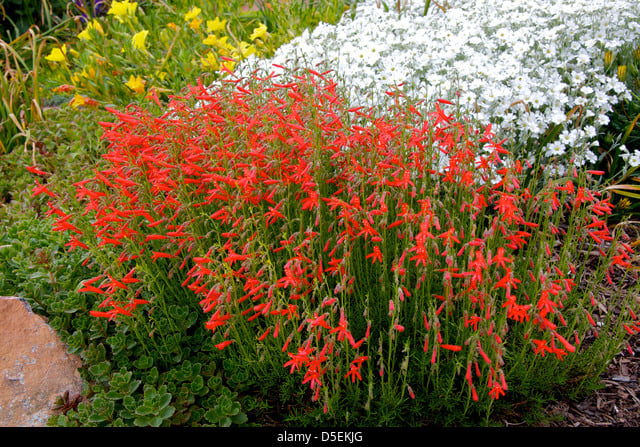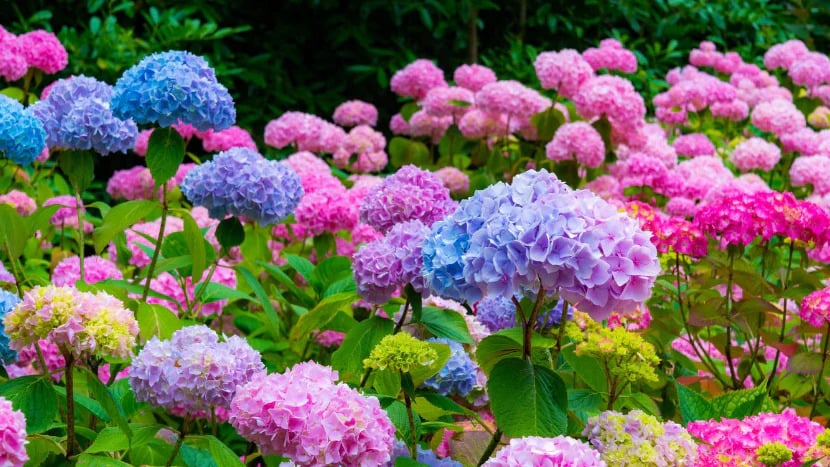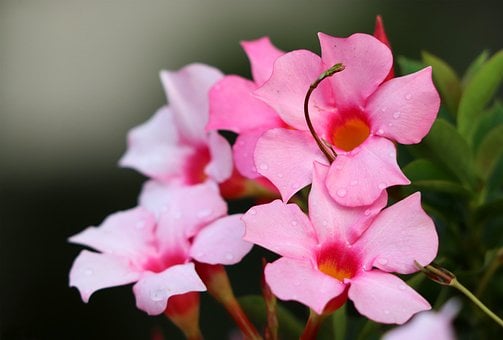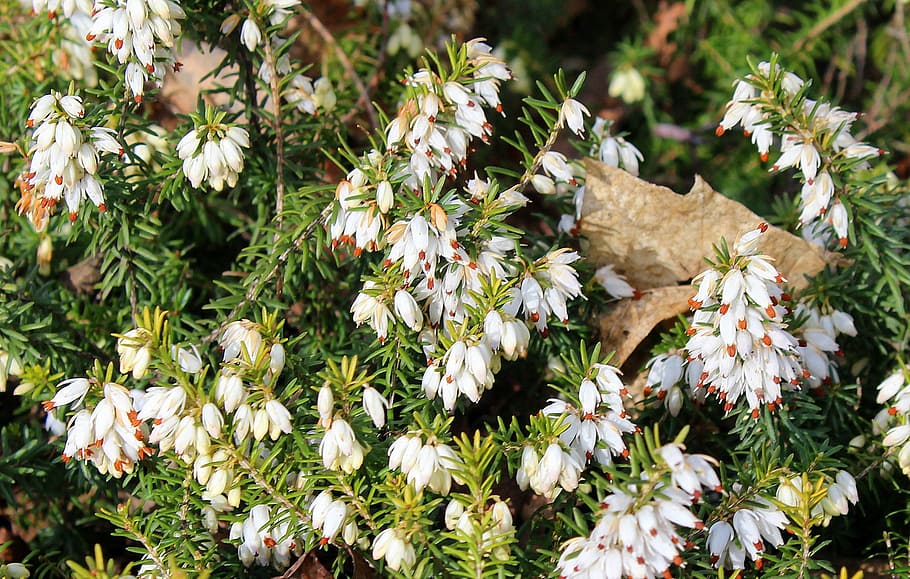How to Grow and Care for Colocasia ‘Elephant Ear’ Plants
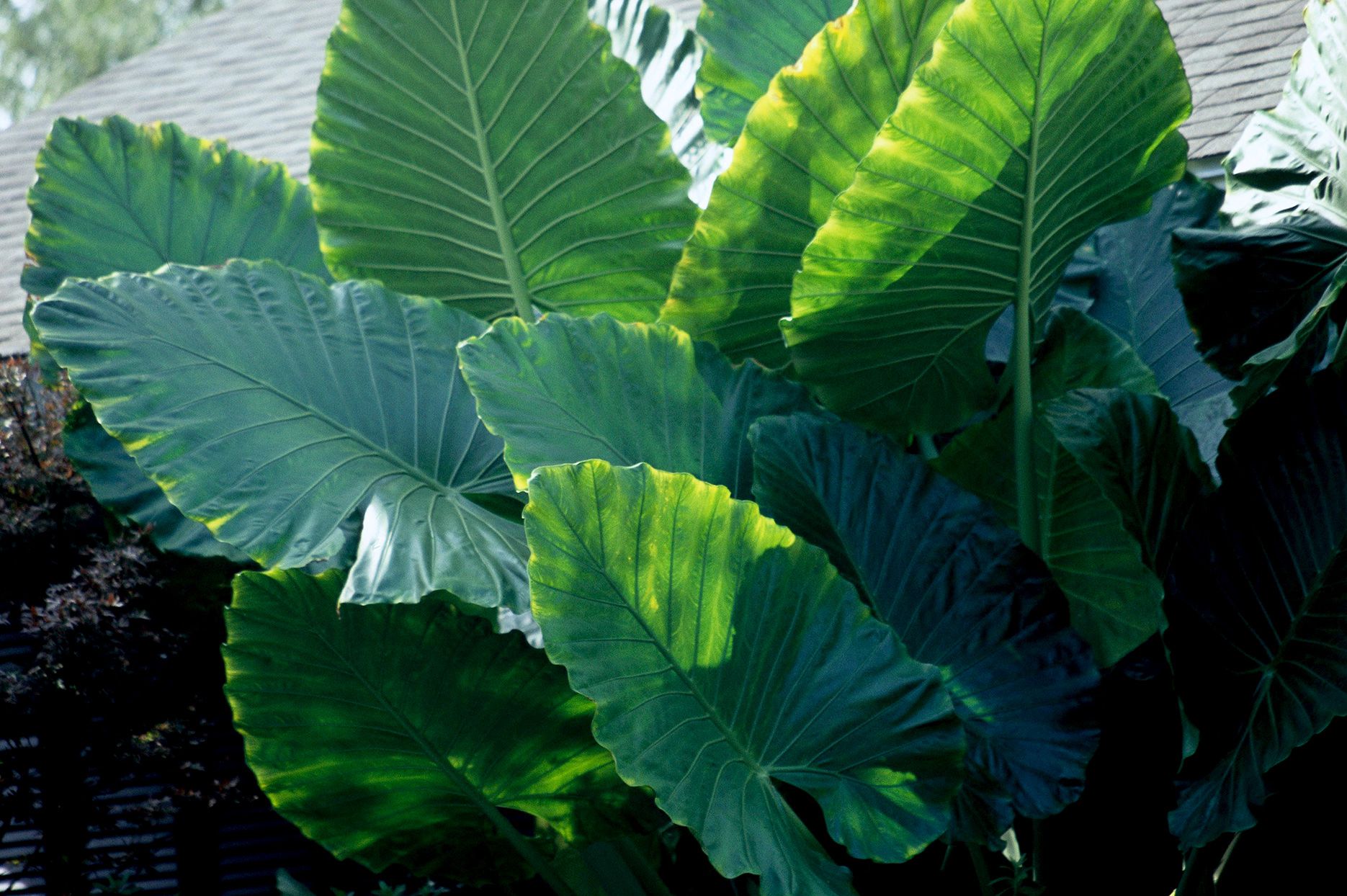
Table of Contents
Elephant ears plant sounds wild. They have got this name because of their appearance, and this plant has leaves similar to the elephant’s ears. Thus, they got their unique name. Moreover, they have some common varieties, which include Colocasia, alocasia, and Xanthosoma. However, in this ultimate guide, we are going to discuss growing Colocasia’ elephant ears plant.‘ All of these elephant ears plants are tropical perennials that are particularly grown to create a lavish green impact with their dramatic foliage. You can grow colocasia indoors all year as a house plant. However, you need to maintain the temperature around the plant, as it should not drop below 21 degrees Celsius.
Moreover, all parts of the plants are poisonous if eaten raw and may cause skin irritation. Thus, you should consider these side effects before having them in your diet. These elephant ears plants add beauty to every place in your house.
So tune in to learn tips and tricks to grow these plants on your own.
Growing Elephant Ears Plant
According to the genus of this plant, these elephant ears are mostly grown from a tuber. These tubers are available from a nursery or garden catalogue. Take the tuber and plant it in the soil, but the temperature should be at least 21 degrees Celcius. Also, while planting these elephant ears plant, you should look for fertile, loamy soil which shows acidic properties and has partial shade around it. These are wetland plants. Therefore, they have a massive desire for plenty of water.
Moreover, if you cannot find proper soil for the plant, then you can have with by adding compost to the ground before planting the tuber in the soil. For having a healthy plant, place the tuber almost 4 inches deep, and if you are planting more than one plant at once, then at least have 2 feet of space for smaller cultivars, and for wider varieties, keep a distance of 4 feet. Furthermore, these are fast-growing species, and within 2 months, you can have a full size of these elephant ears plants.
Propagation of Elephant Ears Plant
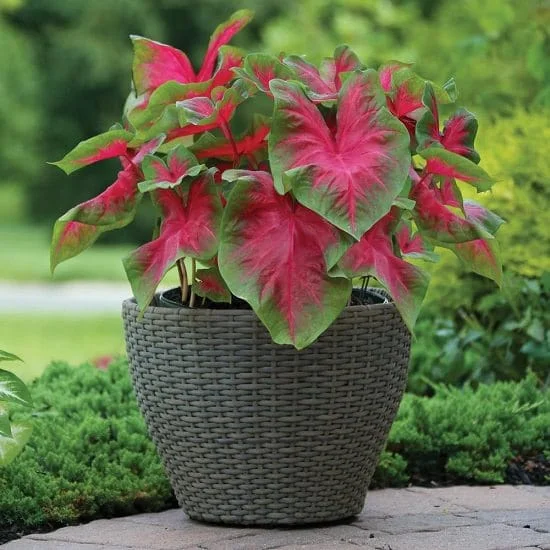
Growing a new plant from the tuber or from the propagation process both involve the same steps. However, the only step that is reduced is of buying a tuber from the nursery rather than using the already present tuber for propagation. You need to access the tuber via division. You have to do it at the end of the growing season, that is, in the fall, and then you should store them properly for the upcoming growing season. We have mentioned some steps to propagate it properly. Do read them and follow the steps carefully.
- Keep your equipment ready such as gloves, a sterilised knife, a plate, a newspaper, and a paper bag or cardboard box to keep it safe.
- During growing the elephant ears plant, you need to dig up the tuber, and you should do it at the end of the flowering season. Moreover, you need to wear gloves so that your skin is protected from the sap.
- Now use a sharp, sterilised knife to divide the tuber into clumps carefully. However, you need to keep in mind to have at least one node. Now cut through the tuber. Further, let the cut dry and scab over while it is kept on a plate. Keep the cut away from the direct sun. Thus, you need to keep it in a dry place at room temperature.
- After you have completed these steps, you need to wrap it in a newspaper and keep it safely in a dry, cool spot that is above freezing temperature. You have to store it in this way just after a week in a box or paper bag till the spring arrives and the threat of freezing is finally over. Keep a regular check on the tuber as there can be chances of rot because of extreme winters.
- Throw the tubers that have become black or mushy, as it is not ideal for propagation.
Growing Elephant Ears from Seed
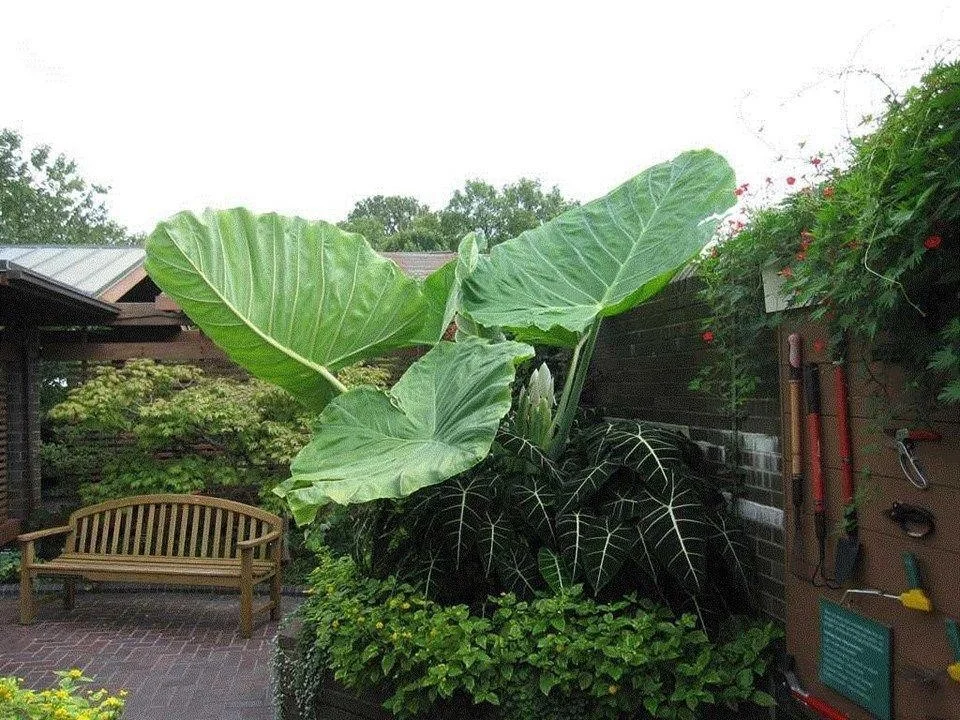
This is not a very preferred method of growing elephant ears, as gardeners believe that it is quite tricky. Success can be very difficult to achieve with this method. However, we have mentioned the steps below so that you are aware of them. Follow the steps to have a plant from a tiny seed.
- Take some seeds and scatter them over the seed-starting mix. However, do not cover the seeds entirely with the mix.
- Next, you need to water the soil well, and the mix should be damp but not soggy.
- Since these Colocasia elephant ears plants are fast-growing, therefore, you can see seedlings appearing in three to eight weeks. Place the tray in a spot that receives indirect but full sunlight.
How to Care for Elephant Ears Plant

Elephant ears require moderate care. However, it requires basic necessities for its care, such as water, sunlight, a fertilizer if the soil is not appropriate, and pruning to have better growth. We have mentioned some essential needs of elephant ears plant in order to have better care for them.
Light
It has some requirements when it comes to sunlight. Elephant ears are planted in full sun to partial shade. However, it prefers growing in a part-shade or dappled sun location. Also, the cultivar that has a darker shade of leaves requires more sunlight in order to maintain its colour. But the only thing you need to keep in mind is that the maximum amount of sun it receives, the more water you need to provide to the plant.
Soil
These plants grow exceptionally well in moist and damp soil. However, you should always take care of the moisture of the soil, as it should be damp but not soggy. These plants are best for marshes and swampland or water gardens.
Water
Watering is a must in this species. They require excessive water in order to have healthy growth. Elephant ears plant can even survive in 6 inches of standing water. However, the main part is to keep the soil moist but not soggy. Keep watering the plant consistently, and never let the soil dry out.
Fertilising
These elephant ears plants have mass leaves and are heavy feeders. Thus, it would be best if you fed them with water-soluble, high-nitrogen fertilisers every two to three weeks. Also, you can add compost to the soil to make it easy to use.
Temperature
These are evergreen plants that do best in circumstances that are similar to their native habitat. These species thrive in humidity, and in colder zones, the plant will most likely die unless the tubers are dug up and stored for the winter.
Types of Elephant Ears
There are several types of elephant ears. However, Colocasia is considered the best-known variety of elephant ears plant. These are grown widely in the tropics as “Taro,” which is considered a food crop. Moreover, this species also has some varieties purposely used for decoration. Alocasia genus and Xanthosoma are some popular types. Below we have mentioned some well-known types of elephant ears:
1. Thailand Giant
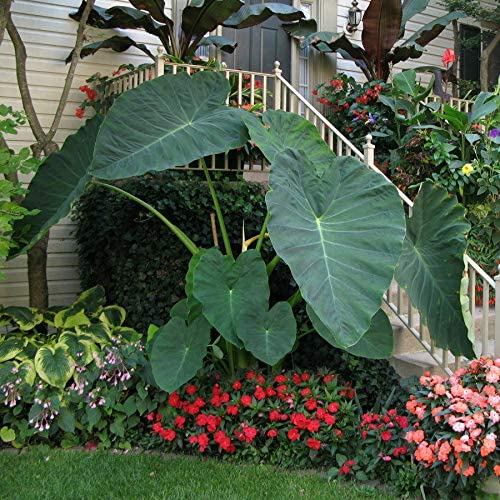
As the name suggests, the Thailand Giant has a massive leaf size. Its leaves grow up to 4 feet wide and 5 feet in height. They need their native tropical region to attain this size.
2. Illustris
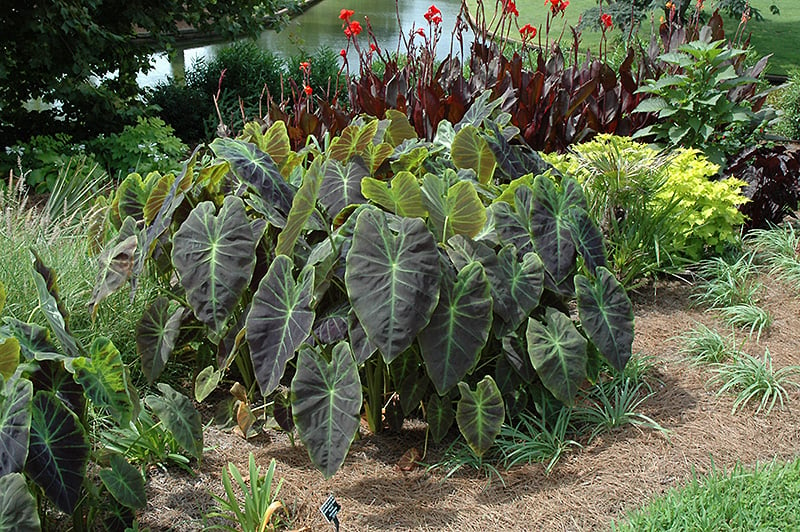
Well, gardeners have keen eyes for the colour of the leaves rather than the size of the plant. Illustris has a darker shade of green near the matte black colour leaves, along with lighter green veins. Also, the distinct feature of this variety is that it is spread by underground runners, unlike other varieties that have tubers or corms.
3. Black Magic
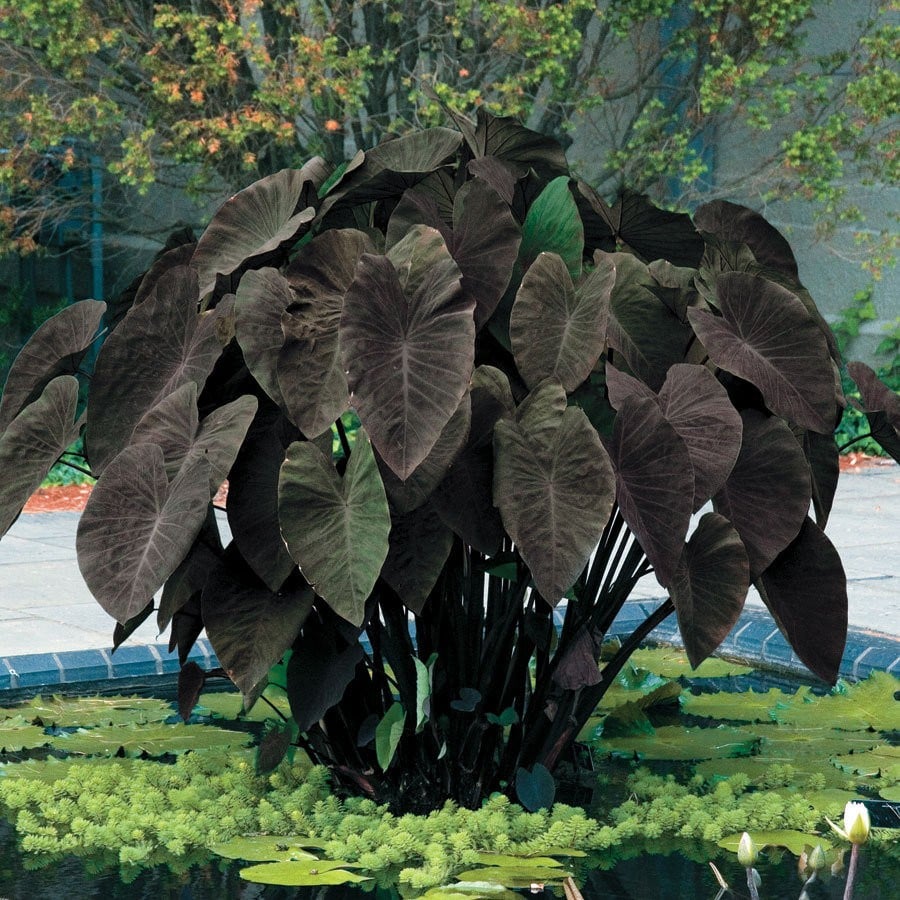
This variety is considered the best cultivar. It has very attractive and has dusty leaves which have a colour blend of purple and black together. However, the leaves fold toward the sun in an upward direction. This type of elephant ears plant looks amazing between different colourful flowers adding a darker tone amidst the bright shade complementing the colour palette.
4. Mojito
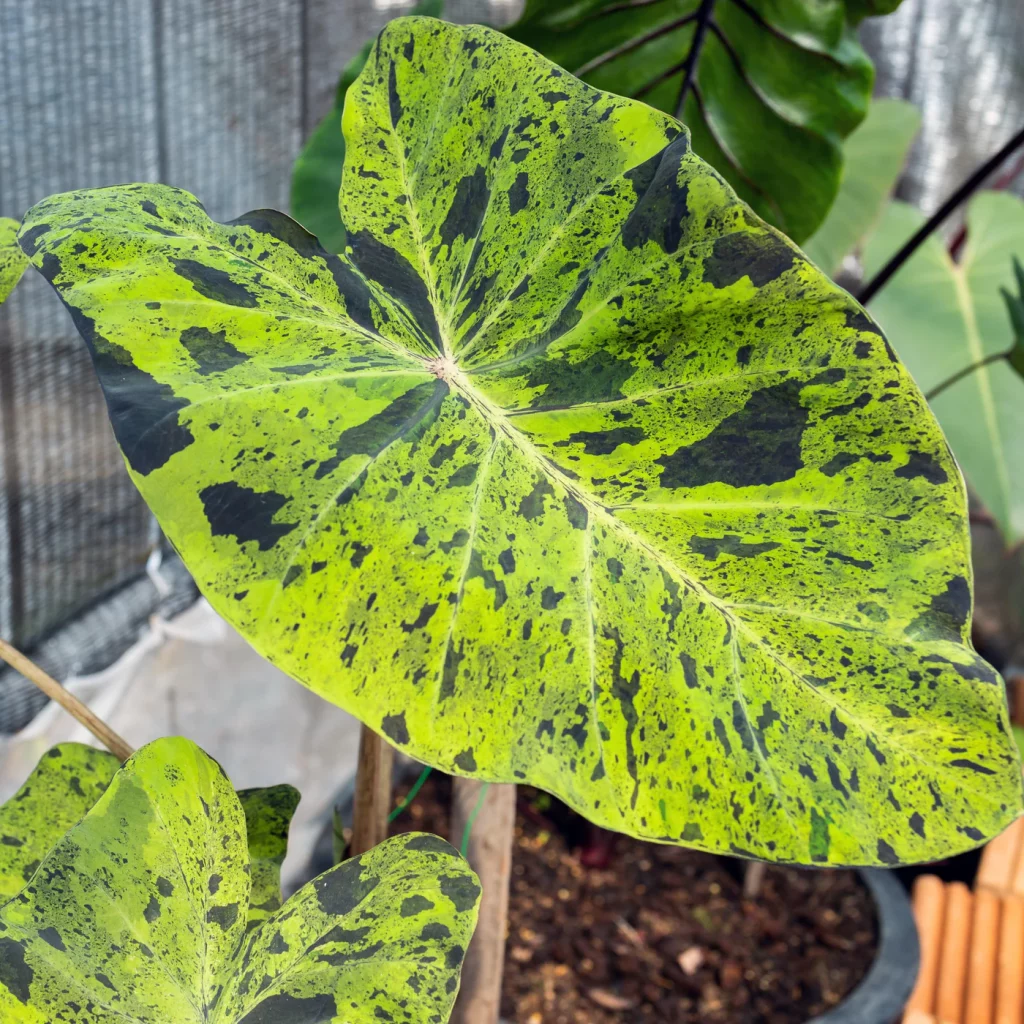
This variety has striking, lime-green leaves with dark purple veins. It is also considered the best-variegated variety of elephant ears, which is clearly visible in the image. Also, it does look quite different from the rest types because of the shades that it has. However, it will add texture to your garden with all the freckles that it has on the leaves. The combination of black and green goes surprisingly well.
5. Elena
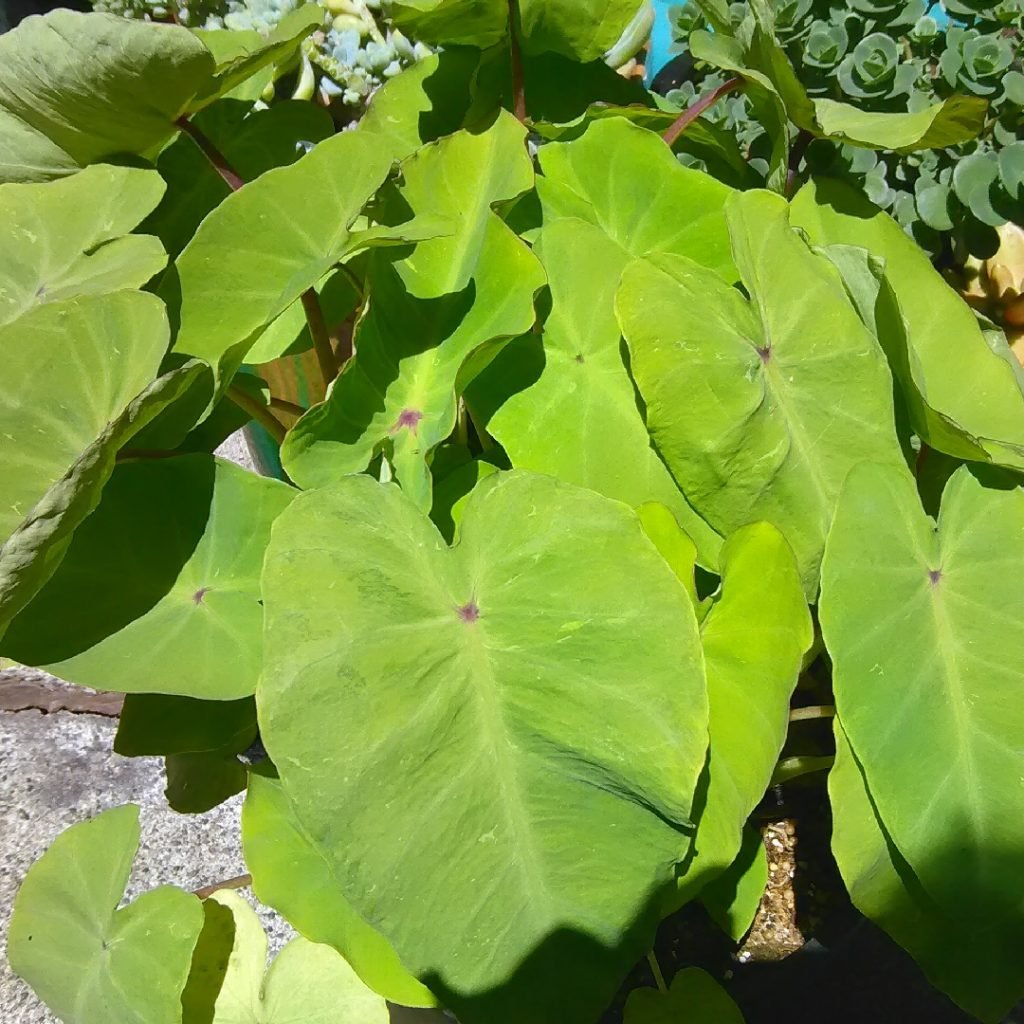
It has Chartreuse foliage. It has a wonderfully bold, coarse texture that can be very effective. Also, it has better winter hardiness. They are very big in size. Thus, this type can help fill the empty spaces in your garden. This type of plant will make your garden look dense yet free. Also, Elena does not require much of your attention and is easy to grow.
6. Lime Zinger
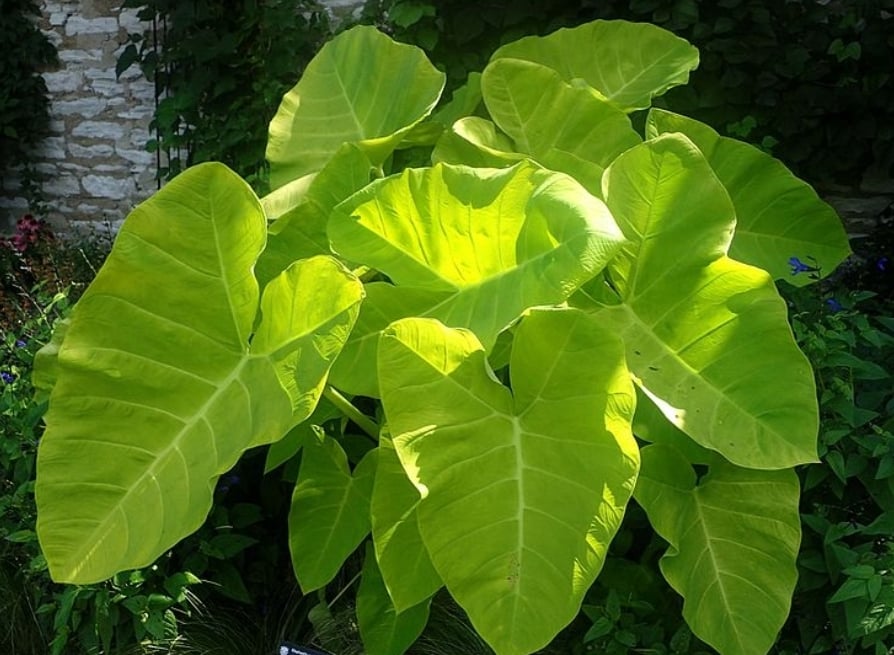
This is an example of a popular elephant ear from the Xanthosoma genus, the one used for decoration purposes. This is because it has bright green leaves that shine in the sunlight, and it adds a cheerful vibe to your garden. This type of elephant ears plant looks extremely beautiful when used for decoration.
7. Blue Hawaii
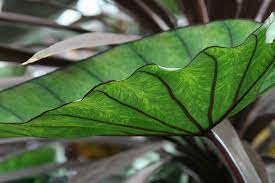
This is a misnomer, as this cultivar Blue Hawaii is not blue. But it is undoubtedly beautiful as it has medium green leaves, dark purple-black veins, and maroon undersides.
8. Metalhead
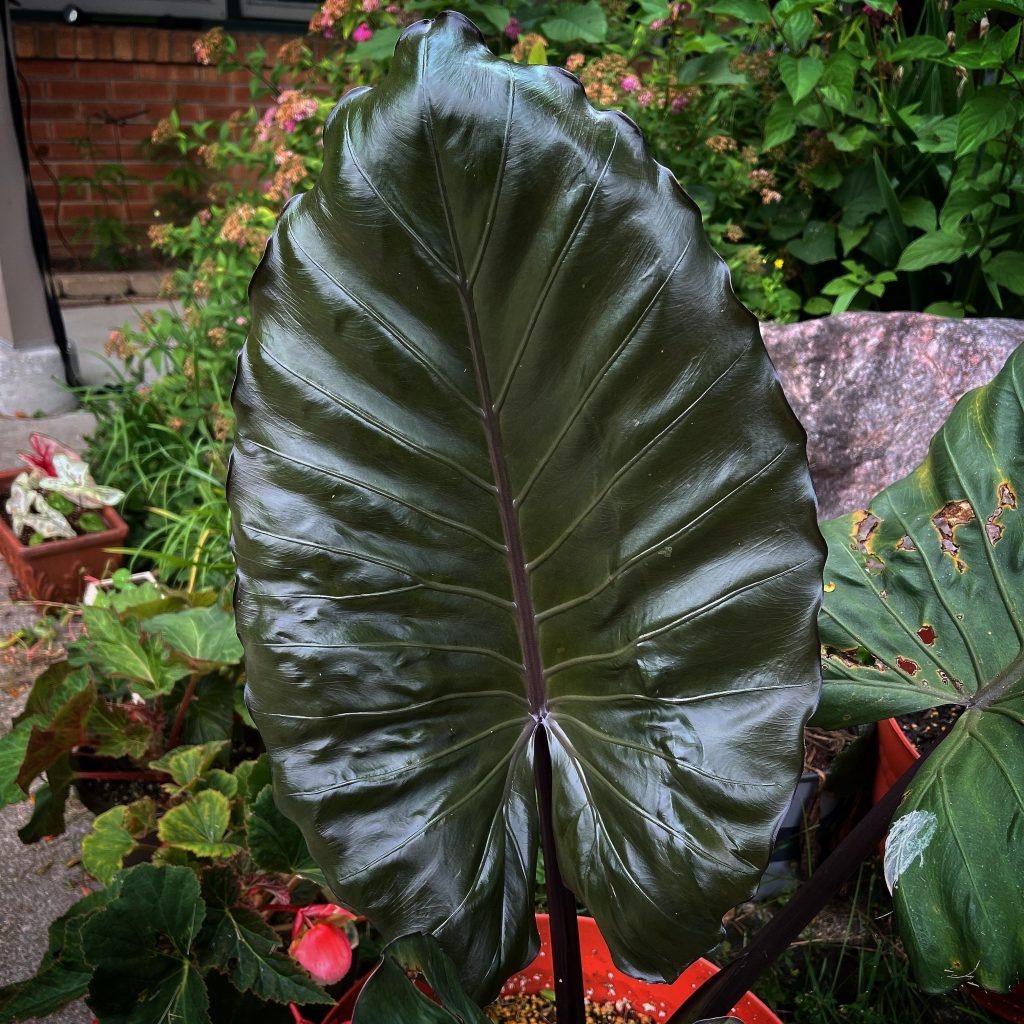
It is a hybrid, and it is derived from the Alocasia genus. Moreover, the key feature is the extraordinary sheen that its leaves have to offer. Surprisingly the leaves of this plant start out dark purple but turn green after it matures.
9. Coffee Cups
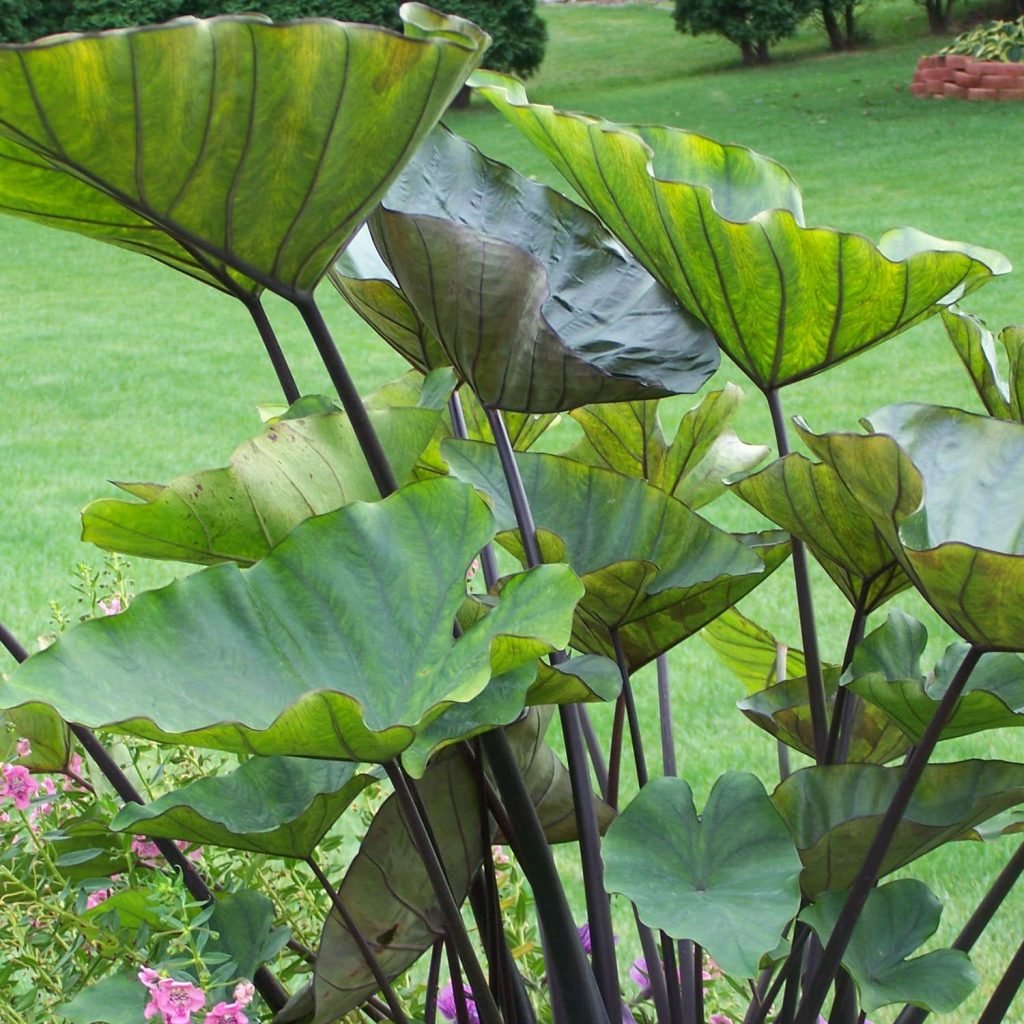
Coffee Cups is also a hybrid and is well known for its distinct and unusual leaf shape, as the leaf folds upward to form a cup shape. Thus it got its name. This type of elephant ears plant adds a unique arrangement to your garden with its unique leaf shape.
Common Problems with Elephant Ears
1. Glasshouse Whitefly
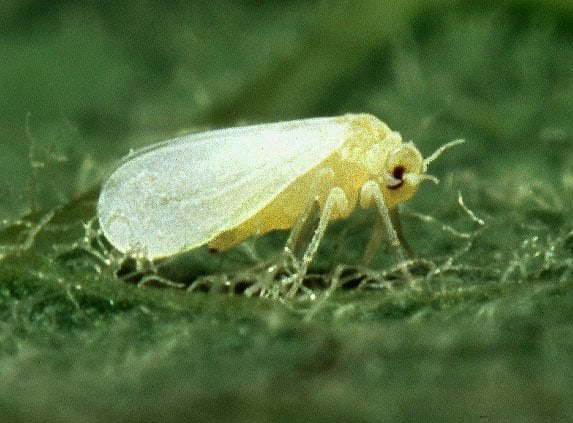
Glasshouse whiteflies can be a problem when growing colocasia elephant ears planted in a greenhouse, conservatory, or as houseplants. These sap-sucking bugs are 2mm long and are visible to the naked eye. They often leave behind a sticky honeydew substance. Also, these are not a major problem in outdoor plants but a severe problem in indoor plants as they prefer warm conditions.
2. Slugs & Snails
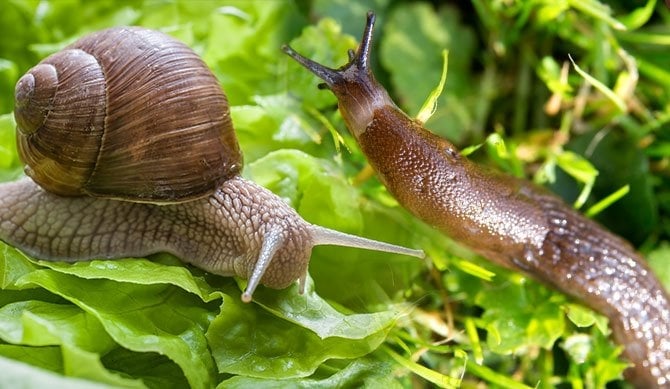
These leafy plants can be very attractive to snails and slugs. In order to protect these plants from these unwanted creatures, you should keep them in a slug-free environment. Also, you can hand-pick slugs and snails, especially at night, with a torch when they appear.
Final Thoughts
Well, these plants have a beautiful appearance and do not require much care in order to have good produce. The best quality of these plants is that they grow very fast. However, they have certain needs for water. We have mentioned the requirements of these plants. Moreover, these plants have large jungle-like foliage. These elephant ears plants are very magnificent in looks and can decorate your living space.
You can have various plants in your space, the ones that are specifically used for decoration purposes. So now you have all the necessary details regarding the elephant ears plant and also have tips and tricks to grow them through different methods. All you need to do is pick up your gardening equipment and plant one in your space.
Do follow all the steps properly to have a good yield of these plants.

